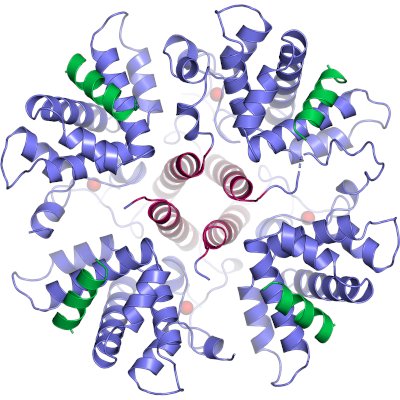Structural Biology
 The Astbury Centre has a strong history in structural biology, and Bill Astbury’s definition of the alpha-helix and beta-sheet structures within proteins laid the foundations for the high resolution structural studies we engage in today. Understanding the structure of a protein and the complexes it makes with other proteins, lipids and nucleic acids is fundamental to understanding life in molecular detail.
The Astbury Centre has a strong history in structural biology, and Bill Astbury’s definition of the alpha-helix and beta-sheet structures within proteins laid the foundations for the high resolution structural studies we engage in today. Understanding the structure of a protein and the complexes it makes with other proteins, lipids and nucleic acids is fundamental to understanding life in molecular detail.
The Astbury Centre has a wealth of expertise in across modern structural biology, including X-ray crystallography, and atomic force microscopy (AFM). In particular, as a result of a £17m investment by the University of Leeds and the Wellcome Trust in 2016, we have superb, world-class facilities in the Astbury Biostructure Laboratory for cryo-electron microscopy (including two Titan Krios microscopes), and ultra-high field nuclear magnetic resonance spectroscopy (including 950MHz). The use these superb facilities, complemented by a broad range of biophysical chemical and computational techniques, to do interdisciplinary collaborative science across the Centre and beyond, Structural biology underpins research such as drug design and understanding the relationship between structure and function, in areas as diverse as membrane protein structure, virus biology, protein folding and aggregation.
